Once a year, Nick, a surgeon who lives on the Upper West Side of Manhattan, visits Staten Island. Almost as soon as he arrives, he literally runs back to where he just came from.
Nick is a marathon runner — he’s done New York seven times — and like millions of similarly masochistic athletes and wannabes, he’s lined up at the mouth of the Verrazzano Bridge, the eastern edge of New York City’s least exalted borough, with the sole aim of getting back to more familiar territory as briskly as his legs can carry him. “Of course I don’t have anything against Staten Island,” he explains. “There’s just not that much of a reason to go there.”
Many others, it turns out, feel the same.
I moved to Manhattan just over four years ago. In those early days, humbled by the global pandemic, I strove to be a diligent, sensitive and conscientious expat. I made a real effort to familiarize myself with my new habitat.
I asked actual New Yorkers for their impressions of the five boroughs. I was told about the rich history and cultural and artistic expressions of the Bronx, not to mention the Botanical Gardens, a sprawling zoo and the Yankees. Greeks and Koreans and Indonesians all told me to go to Queens for the best food I’ll ever eat. Brooklynites urged me to check out Coney Island and Prospect Park and this incredible little coffee roastery that will actually change my life. Manhattan for its part — the brash beating heart of the city that’s been drunk on its own greatness since the beginning of time — immediately sold itself to me in all its gritty glory. It didn’t need an advocate.
“But what about Staten Island?” I often found myself asking. The responses varied from a clipped “never been” to a guffaw that made me feel like I’d just suggested a yoga retreat in Chernobyl.
Staten Island, I quickly learned, is a punchline. It’s an afterthought: a footnote to New Jersey. It’s unloved. But does it deserve it? There’s one way to find out and it begins with a trip to South Ferry, navigating swarms of tourists, interlaced with a handful of commuters, waiting for a hulking orange ferry to transport me to a landmass surrounded by bodies of water that Stan Lee might have named: Arthur Kill, Kill van Kull and the Narrows.
Staten Island is not ugly; it’s suburban. The streets are wider. Houses have yards. Unlike across much of the rest of New York City, people own cars. It has about 12,000 acres of protected parkland and more than 170 parks, easily making it the greenest borough.
But few New Yorkers who don’t live there know that, because they’ve hardly bothered to find out. Instead — based on my own unscientific study — they think that it’s probably not that exciting and really annoying to get to. And not all of those who actually do know it disagree.
Molly from Brooklyn spent much of her youth living in Staten Island and reflects on the borough as an insular place where politics is a binary. “Either you’re a Republican or you’re not. And if you’re not, then you don’t really belong,” she says.
Indeed, Staten Island has only on four occasions since 1940 voted for a Democratic presidential nominee: in 1964, 1996, 2000 and 2012. In 2016, Trump carried Staten Island by over 15 percent — the biggest margin of any presidential candidate since 1988. Across all five boroughs, about two-thirds of registered voters are Democrats.
“In terms of ways of living and values, it’s a throwback to times gone by: a conservative — quite Italian and quite Catholic — enclave that definitely feels like it’s been left behind by the rest of New York City,” she adds. “Sure, people from Manhattan and Brooklyn and the other boroughs rarely come to Staten Island, but apart from to work, many Staten Islanders rarely leave Staten Island.”
Dan, an academic who was born and raised in Staten Island, agrees and characterizes the borough as a victim of geography. It’s tough to reach from the rest of the city and as a result, it’s developed a reputation of being “irrelevant,” he says. “It’s like the player who mostly sits out the game on the bench, competent but perhaps the weakest player on the team,” Dan says. “So it’s not really thought of much in the heat of a difficult game — and more often than not, New York City’s a difficult game.”
Evidence of that isn’t hard to come by. In the aftermath of Hurricane Sandy, which disproportionately battered Staten Island, it was widely dubbed the “forgotten borough,” a dusty moniker — sometimes used affectionately, sometimes derisively — that dates back to the 1920s. “I seem to remember some of us didn’t ever get power back for over two weeks,” Molly recalls. “It definitely felt like Staten Island was low priority.”
By some stroke of misfortune, every single minute I’ve ever spent in Staten Island, it’s rained. But I won’t hold that against it. The North Shore area by the ferry terminal is quite charming. It feels shiny and new. I recently took my family for lunch at Ruddy & Dean, a steakhouse. The clam chowder was fine.
On the ferry over, we stood on the covered deck in the horizontal downpour snapping pictures of downtown Manhattan, shrouded in fog. On the loudspeaker, a voice told passengers that everyone would have to disembark in Staten Island. Even those who’d just come along for a round trip and unobstructed view of Lady Liberty would have to brave Staten Island soil for a few moments. I was probably imagining it, but there might’ve been a second whispered part to the message: “Trust us, it’s not as bad as you’ve probably heard.”
This article was originally published in The Spectator’s June 2024 World edition.



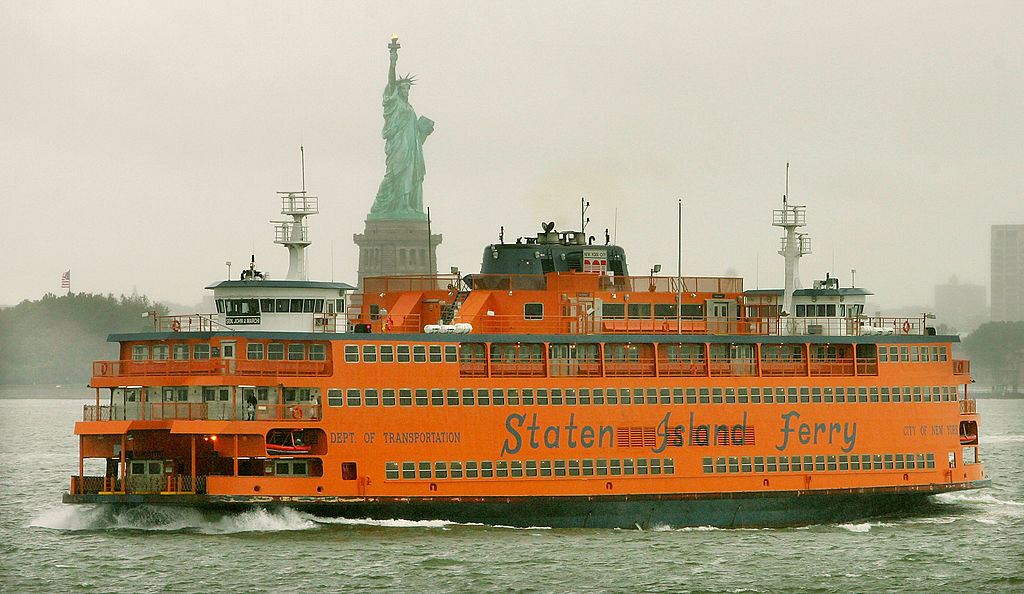






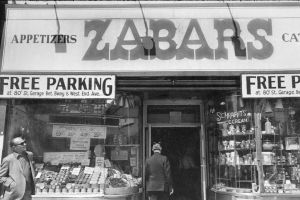
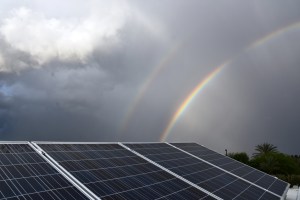



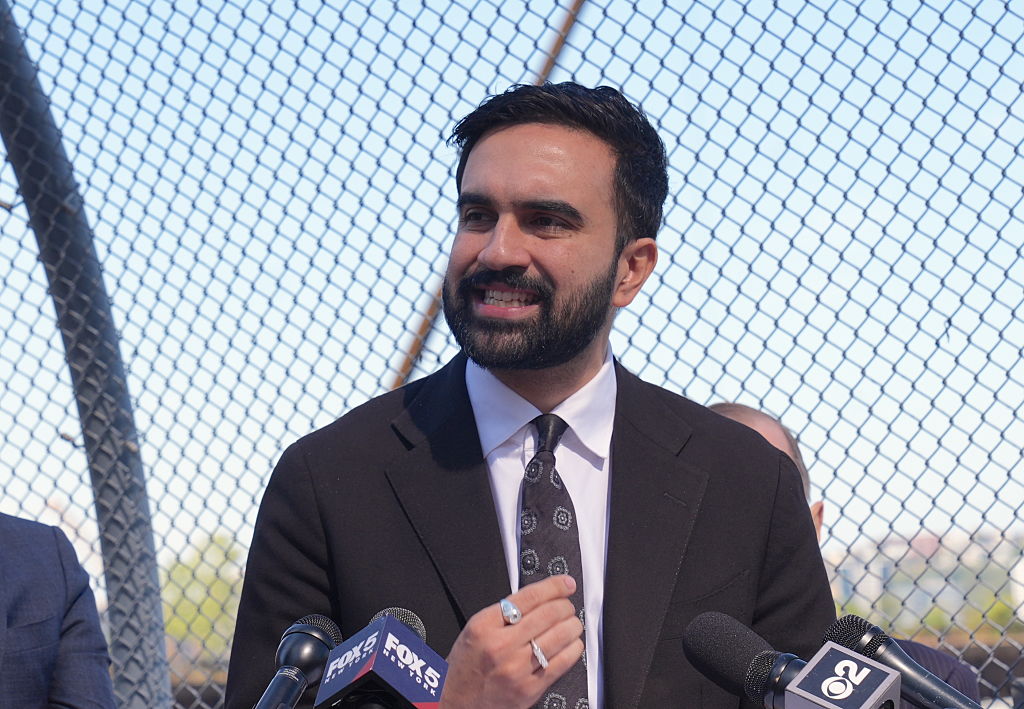
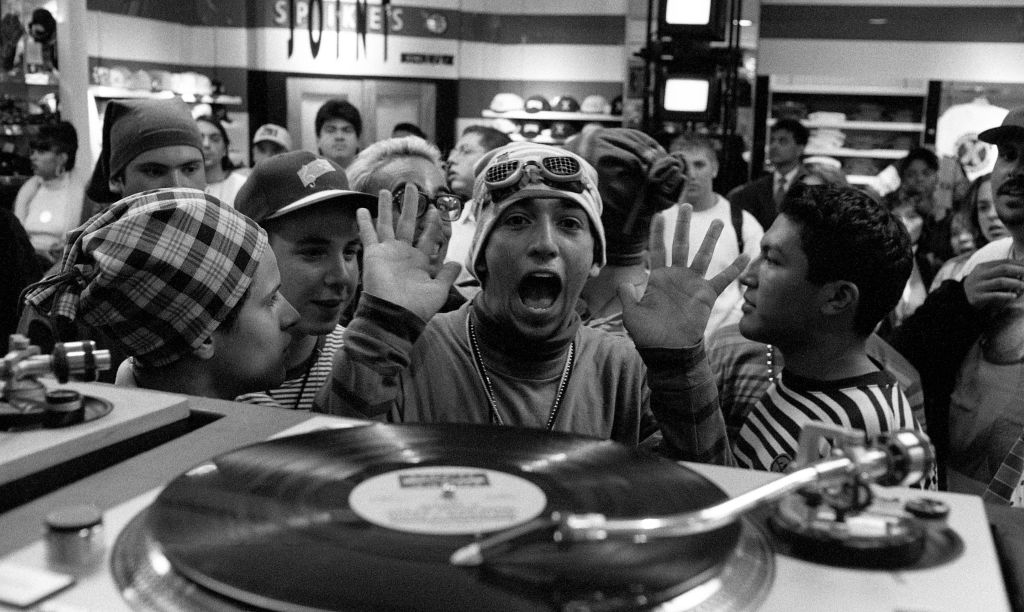
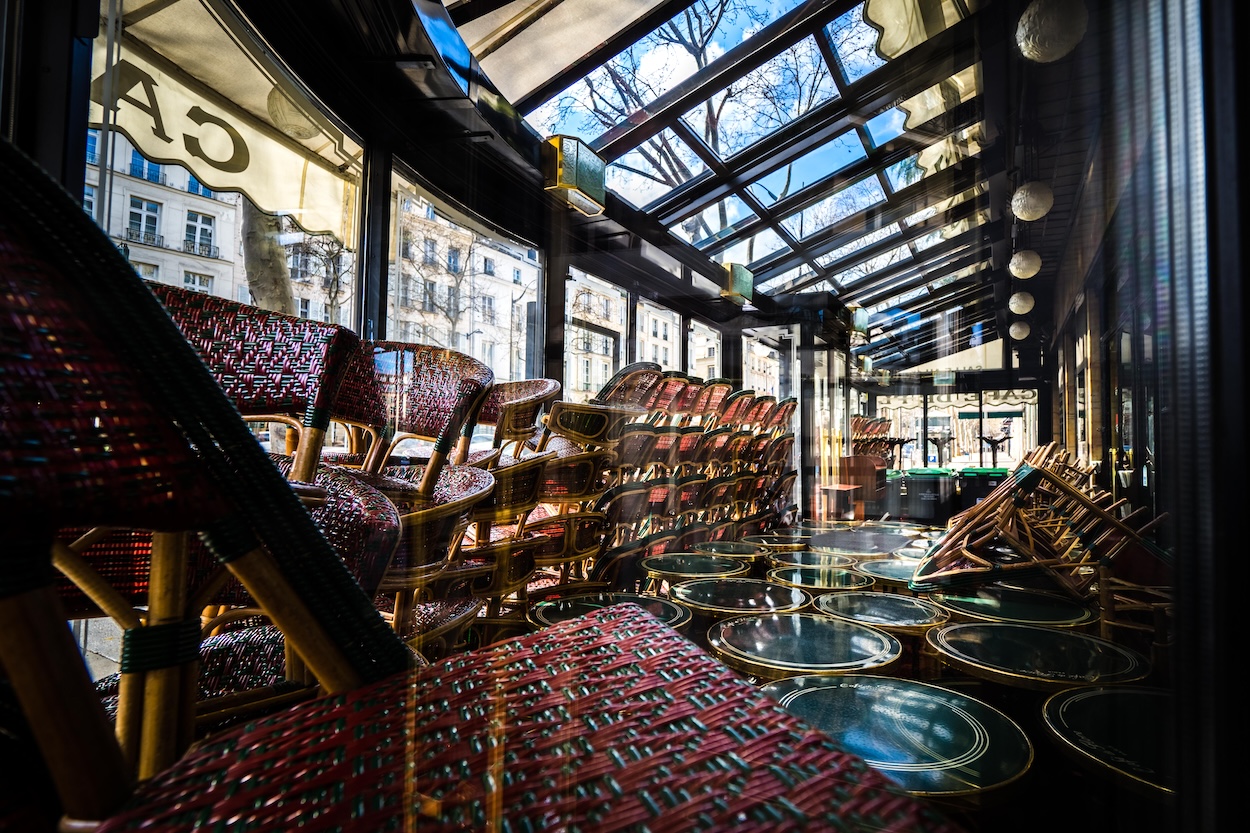








Leave a Reply